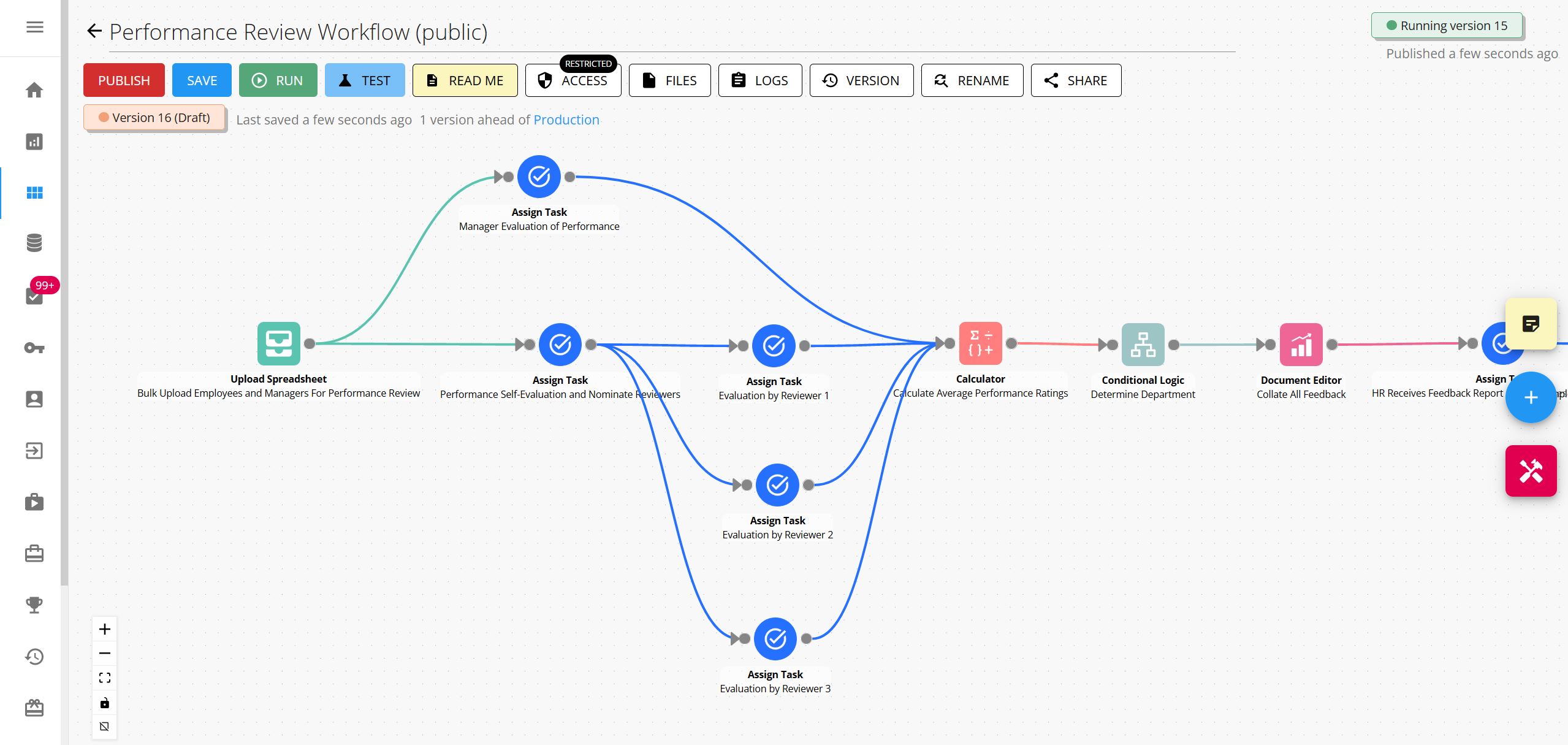Process for employee offboarding
A step by step guide to offboarding employees to ensure a smooth transition out and minimize reputational and legal risks

What is employee offboarding?
Employee offboarding, also known as separation or exit processes, is the process of transitioning an employee out of an organization when they leave their job. This typically involves completing a variety of administrative and legal tasks, such as finalizing payroll, completing exit interviews, and returning company property.
The goal of employee offboarding is to ensure a smooth and professional transition for the departing employee, and to protect the interests of the organization. By providing support and guidance throughout the offboarding process, companies can help ensure that departing employees feel valued and supported, and that the organization is protected from any potential risks or liabilities.
What are some risks to address during offboarding?
There are a number of risks to address during employee offboarding, including the loss of knowledge and expertise, damage to the company’s reputation, legal risks, and impact on team morale and productivity. By addressing these risks and providing support and guidance throughout the offboarding process, companies can help ensure a smooth and professional transition for departing employees, and protect the interests of the organization.
Loss of knowledge and expertise:
When an employee leaves, they take with them valuable knowledge and expertise that may be difficult or impossible to replace. This can impact the organization’s ability to function effectively and achieve its goals.
Damage to the company’s reputation:
Departing employees may have access to sensitive information or relationships that could be damaged if not properly managed during the offboarding process. This can impact the company’s reputation and its relationships with customers, partners, and other stakeholders.
Legal risks:
The offboarding process involves a variety of legal tasks and obligations, such as completing payroll and benefits paperwork and ensuring that company property is returned. Failure to properly address these tasks and obligations can expose the organization to legal risks and liabilities.
Impact on team morale and productivity:
The departure of a team member can impact morale and productivity, especially if it is not handled smoothly and professionally. This can lead to decreased engagement and productivity among remaining team members.
A step-by-step workflow for employee offboarding
This workflow provides a structured and professional process for transitioning an employee out of the organization when they leave their job. By involving both the supervisor and HR team in the process, it can help ensure that all necessary tasks and obligations are completed, and that the departing employee is provided with the support and guidance they need to make a smooth transition.
1. Notification
The employee informs their supervisor of their intention to leave the company.
2. Initial meeting and discussion
The supervisor and the employee meet to discuss the details of the departure, including the last day of work, outstanding tasks and projects, and any information that the employee will need to provide to complete the offboarding process.
3. Legal and admin processing
The supervisor and HR team complete any necessary administrative and legal tasks, such as finalizing payroll and benefits, returning company property, and completing exit interviews.
4. Final documentation
The supervisor and HR team provide the departing employee with any necessary documentation and information, such as final pay stubs and references.
5. Announcement
The supervisor and HR team inform the team and relevant stakeholders of the employee’s departure, and provide support and guidance as needed to help the team adjust to the change.
6. Update records and systems
The HR team updates the company’s records and systems to reflect the employee’s departure.
Download a pre-built Employee Offboarding Workflow
Explore and download our Employee Offboarding Workflow template to instantly get a documented, step-by-step workflow for managing the offboarding process from start to end. Once downloaded, you can start running the workflow as is or customizing it to your own requirements (and we can help you build along the way).
More workflows and processes you can automate with Workflow86...
Workflow86 gives internal teams the superpowers they need to document and then massively automate and scale their workflows and processes. From Cybersecurity to Human Resources, Legal to Finance, Health and Safety to Customer Support, check out some of the use cases and downloadable templates for Workflow86 below.
💼 Administration
🦠 COVID-19
📞 Customer Support
🚨 Cybersecurity
👩💻 DevOps
💰 Finance
👨 Human Resources
💻 Information Technology
👩⚖️ Legal
📣 Marketing
🔨 Product Management
🛒 Sales
🚧 Safety and Risk

